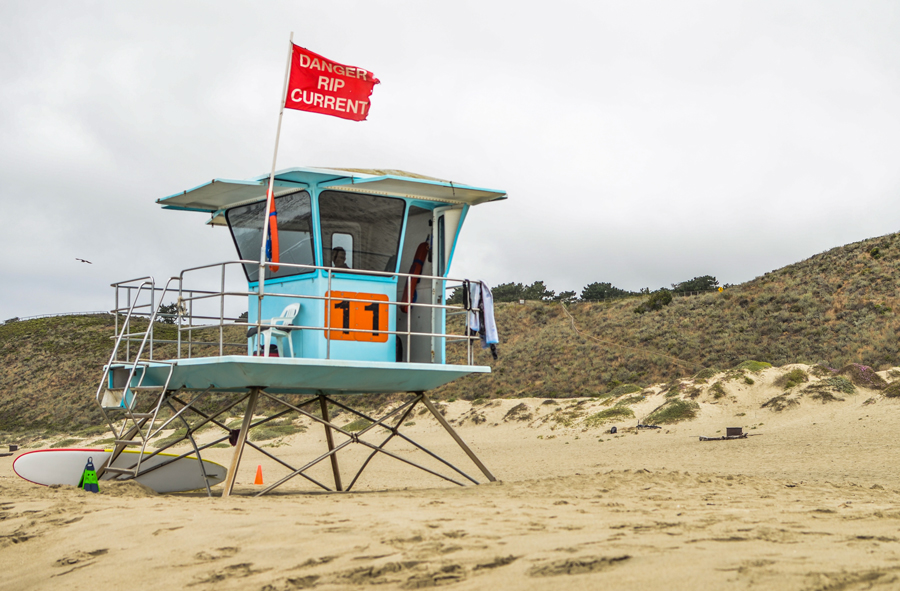By most accepted definitions, an environmental portrait is a photograph of a person, often posed, taken in a location that is individually relevant to the subject. Environmental portraits are frequently photographed in an everyday setting such as the home, place of work, or another personally meaningful locale.
The background itself clearly plays a central role in the environmental portrait. This is, of course, a departure from the way many approach portraiture. Photographers may regard the background as insignificant, allow it to be incidental, or try to mitigate its appearance through lens choice, shallow depth of field, minimalism in setup or framing, or use of light relative to the subject. As you may have guessed, in this creativity exercise, we’re going the opposite way entirely….
For the purposes of this exercise, you will take measures to ensure that your photograph gives the environment visual priority over the subject himself/herself.
There are three requirements:
1. The environment/background must be meaningful to the subject.
The background — in location, in details, in mood — should give us significant insight into the subject’s identity. It should be, for all intents and purposes, an extension of some aspect of who he or she is.

Lindsey Gyles

mamasaurus29

Jenny Brake

Chrissy Mazer
2. The environment/background must be more prominent than the subject.
Think of all the ways we make our subject clear when framing an image: we focus on the subject (often in isolation), we position her dead center or along the rule of thirds, we make her the brightest or most conspicuously illuminated element in the frame, we make her the largest element in the frame, etc. Now take all that you know about how to make your intended subject distinct to the viewer, and do the opposite.

Rebecca Hunnicutt Farren

Natalie Green

Karlee Hooper

Maggie Fuller

Dana Ball
3. The intended subject must appear somewhere in the frame.
He or she should, however, clearly occupy a position secondary in prominence. The viewer’s eye will naturally and forcefully be attracted to a human subject in a photo, so you will need to make a concerted effort to minimize that subject relative to the background. Because we are accustomed to the subject playing the lead, the viewer is likely to feel a tension between subject and background and may even wonder if you have made a technical or compositional mistake.

Nadya Rubina

Lauren Mitchell

Merja Varkemaa Schneider

Nadya Rubina
You may approach this however you wish, but the following are a few suggestions that may aid (individually or collectively) in creating your photo:
- Background in sharp focus / Subject out of focus
- Background beautifully illuminated (or properly exposed) / Subject shrouded in shadow (or underexposed)
- Background vibrant or visually complex / Subject camouflaged or otherwise visually overpowered
- Background filling the frame / Subject cropped along the edge

Katy Bindels

Kristin White

Ashley Maple

Hannah Fenstermacher

Nadya Rubina
If there are other people in your frame, be careful that you aren’t simply shifting your primary subject from one person to another. This can easily happen if someone in the background is making eye contact with the camera, is herself isolated in the light, etc. Your goal is to take an environmental portrait of a specific subject, but by loosening the subject’s grip on the viewer’s attention, we encourage the viewer to spend more time reading the background. We don’t want to lose sight of who the subject is, but we do want to let the environment tell most of her story.
You are likely to find it extremely challenging, psychologically, to move a human subject (whom photographers are accustomed to featuring) into a secondary position. In the process of undergoing this exercise, you are likely to find yourself with many shots in which your human subject has a tendency to dominate in spite of your intention to make the environment most pronounced. The human subject invariably has massive visual weight that will ALWAYS command the eye once discovered. For that reason, you may find it helpful to ensure the human subject doesn’t grab the eye instantly but instead is discovered only after a brief (or even lengthy) visual exploration of the environment.

Carrie Yuan

Angela Norton

Yehudis Goldfarb

Maggie Fuller
An image is successful for the purposes of this assignment if the viewer feels a deep, truly even tension between subject and setting. Imagine a balance scale with the environment on one side and subject on the other; do they equally hold the viewer’s attention? It may take many attempts, but try to take to the tipping point, right to the edge at which the subject is no longer the subject. It’s a fine line. And that’s the fun of it.

Ute Reckhorn

Annick Paradis

Stacy Garlington

Katy Bindels

Tetyana Gumenyek
How can you become a more creative photographer? Shoot thoughtfully, experiment frequently, collaborate with fellow artists, and embrace creative and technical challenges. Join us for new photography exercises and creativity assignments! Sarah Wilkerson regularly presents creativity exercises for photographers as part of a community challenge for Clickin Moms photography forum members. At the conclusion of the exercise, we select Editors’ Choice images from among the exercise submissions and share them here with you on the blog. Congratulations to all of the featured photographers, and thank you to all of the members who participated in this exercise!

Be sure to participate in the next exercise! Become a Clickin Moms member (if you aren’t one already!), and join us over on the forum where Sarah has posted “Thinking About Light Differently: Light Shapes.” We’d love to see your photos!
The post A new take on the environmental portrait appeared first on Clickin Moms.







